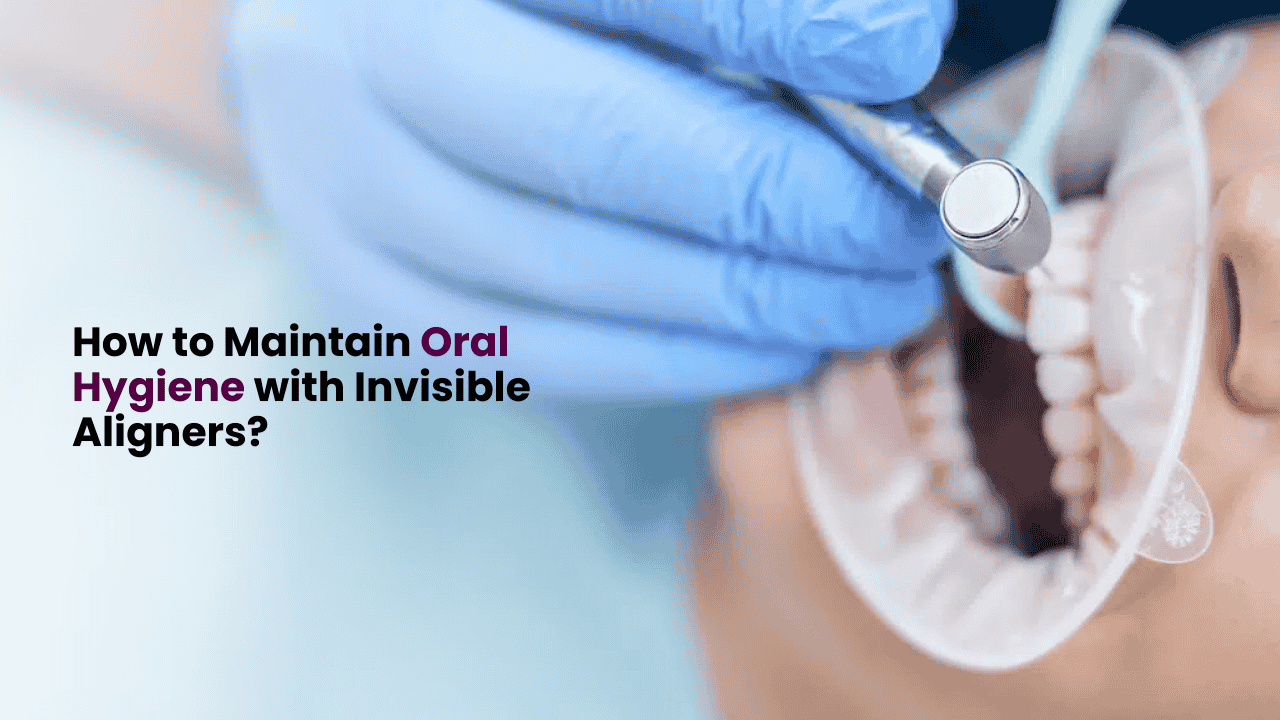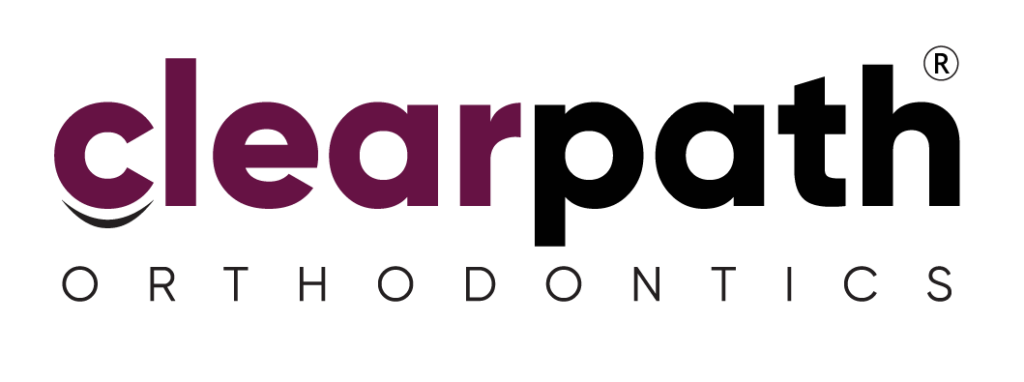
How to Maintain Oral Hygiene with Invisible Aligners?
Invisible aligners are becoming an increasingly popular choice for people seeking a discreet way to straighten their teeth. Clear aligners, unlike traditional metal braces, are nearly invisible and removable, offering greater convenience and comfort. However, the challenge many face when using invisible braces is maintaining proper oral hygiene. Without the right care, food particles and bacteria can build up, leading to oral health issues like cavities and gum disease. Fortunately, with the right techniques and habits, maintaining oral hygiene while wearing invisible aligners is easy.
In this comprehensive guide, we’ll explore how you can maintain oral hygiene with invisible aligners, offering practical advice on brushing, cleaning your aligners, and taking care of your overall dental health during your teeth-straightening journey.
Read More: How Long Do Aligners Take to Work?
Why Oral Hygiene Matters with Invisible Aligners
Invisible aligners are an excellent option for those looking to straighten their teeth discreetly. However, the removable nature of clear aligners can present some challenges in maintaining optimal oral hygiene. Aligners can trap food particles and plaque against the teeth, increasing the risk of developing cavities and gum disease if not cleaned properly.
Good oral hygiene ensures that your aligners work effectively, allowing your teeth to move as planned without any hindrance from oral health problems. In fact, improper care can lead to staining of the aligners and even cause bad breath.
Essential Tips for Maintaining Oral Hygiene
Brushing and Flossing Techniques
Brushing and flossing are critical components of maintaining good oral hygiene, whether you wear clear aligners or not. However, when you have invisible braces, extra care is needed to ensure the spaces between your aligners and teeth are kept clean.
- Brush Before and After Meals: It’s essential to brush your teeth before inserting your aligners and after meals to prevent food from getting trapped underneath. Use fluoride toothpaste and a soft-bristled toothbrush to gently clean all surfaces of your teeth, including the gum line.
- Floss Daily: Flossing is equally important because it helps remove food particles and plaque from areas between your teeth that brushing can miss. Use dental floss or an interdental brush to clean between your teeth at least once per day.
- Use a Soft Toothbrush: A soft-bristled toothbrush ensures that you don’t scratch or damage your aligners. It also prevents your gums from getting irritated, especially if you’re wearing the aligners for extended periods.
Cleaning Your Invisible Aligners
Your aligners require cleaning too, so it’s essential to take extra steps to keep them fresh and clear. Here’s how to clean your aligners properly:
- Rinse Regularly: After removing your aligners, always rinse them with lukewarm water to prevent plaque build-up. Avoid using hot water, as it can distort the shape of the aligners.
- Use a Clear Aligners Cleaning Solution: There are specific cleaning solutions designed for clear aligners. Soaking your aligners in this solution helps kill bacteria and maintain their transparency. Alternatively, you can use a mild soap and lukewarm water for cleaning.
- Brush the Aligners Gently: Just like your teeth, your aligners need to be brushed. Use a soft toothbrush to clean them gently, paying attention to corners where plaque might accumulate.
What to Avoid with Invisible Aligners
There are certain practices that you should avoid while using invisible aligners to keep your oral hygiene at its best:
- Eating with Aligners In: Always remove your aligners when eating. Eating with your aligners can cause food to get trapped and lead to staining or bacterial growth, which may damage your teeth or the aligners themselves.
- Drinking Sugary or Acidic Beverages: Avoid drinking sugary drinks like soda or fruit juices while wearing your aligners. These can cause cavities, especially if your teeth are not properly cleaned afterward.
- Smoking or Using Tobacco Products: Smoking and tobacco products can stain your aligners and teeth. Additionally, they increase your risk of gum disease and oral health complications.
Foods to Avoid While Wearing Aligners
Certain foods should be avoided when you have clear aligners in, as they can compromise both your aligners and your oral hygiene.
- Sticky Foods: Avoid chewing gum, caramel, and other sticky substances that can cling to your aligners and be difficult to clean.
- Hard Foods: Hard foods like nuts and candies can cause your aligners to crack or warp.
- Hot Beverages: Hot beverages like coffee or tea can warp your aligners if consumed while wearing them.
How to Clean and Store Your Aligners
Cleaning your aligners is essential for both hygiene and longevity. Follow these tips:
- Clean After Every Meal: Every time you remove your aligners, rinse them immediately. If possible, give them a gentle brush with toothpaste and a toothbrush.
- Use a Storage Case: Always store your aligners in their designated case when you’re not wearing them. This prevents them from getting lost, damaged, or exposed to bacteria.
How Often Should You Clean Your Aligners?
It’s advisable to clean your aligners at least once per day, but the more frequently, the better. After meals, always rinse your aligners. Clean them thoroughly at night to ensure they’re ready for the next day.
The Importance of Regular Dental Visits
Regular visits to your dentist or orthodontist are crucial while using invisible aligners. Your dental professional will monitor your progress, ensure your aligners fit properly, and check for any oral health issues like cavities or gum disease. It’s important to stay on top of your dental health throughout your teeth-straightening journey.
Troubleshooting Common Problems with Aligners
Even with the best hygiene practices, issues can arise. Here are some common problems and their solutions:
- Bad Breath: If you experience bad breath, it could be a sign of plaque buildup. Make sure to clean both your aligners and your teeth regularly.
- Aligner Discomfort: If your aligners cause discomfort, check with your dentist to ensure they are fitting properly. Also, use wax or orthodontic gel for relief.
Maintaining Hygiene When on the Go
If you’re traveling or at work, maintaining hygiene with invisible aligners can be tricky. Keep a small dental kit with you, including a toothbrush, floss, toothpaste, and a case for your aligners. Always remember to brush your teeth after eating before reinserting your aligners.
Conclusion
Maintaining oral hygiene with invisible aligners is simple and easy with the right habits and routine. By brushing and flossing regularly, cleaning your aligners, avoiding harmful foods and drinks, and visiting your dentist regularly, you can ensure that your teeth remain healthy while you work on straightening them.
With proper care, your aligners will stay clear, your smile will improve, and you’ll enjoy a healthy mouth throughout your teeth-straightening journey. Don’t let hygiene slip, as it is key to the success of your invisible aligner treatment.
FAQs
You should clean your aligners at least once a day, ideally in the morning or before bed. After meals, rinse them thoroughly to prevent food buildup.
No, you should always remove your aligners before eating. Eating with them in can cause food particles to get stuck, leading to poor hygiene and staining.
Yes, but use a non-abrasive toothpaste to avoid scratching the aligners. A gentle brush with mild soap and lukewarm water is often recommended.
Drinking coffee with aligners is not recommended. Coffee can stain your aligners and teeth. Always remove your aligners before consuming any beverages.
